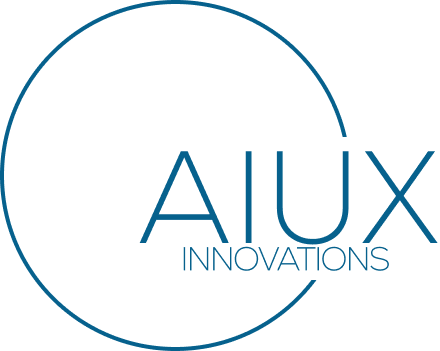We love to talk about the next great app. The one that changes how we communicate. How we shop. How we move through the world. How we work. But look a little closer, and you’ll see something these apps all share:
A UX foundation that shapes not just screens—but expectations.
Great UX isn’t just about delight or conversion. The invisible force is driving how an entire generation of apps are built, scaled, and loved.
From Utility to Flow
There was a time when an app’s success was defined by:
- How many features it had
- How many users it signed up
- How many integrations does it support
Now? Success is defined by:
- How naturally users can flow through it
- How quickly they feel competent
- How well it disappears into their life
UX has shifted the focus from feature-driven products to flow-driven experiences.
Apps like:
- Slack → It replaced enterprise messaging with an intuitive, layered conversation flow
- Spotify → It turned streaming into a personalized music journey
- Calendly → It simplified the chaotic process of scheduling to a single-click experience
None of these products were the first in their space.
They designed the experience better.
The Rise of Experience-First MVPs
The modern MVP used to mean “minimum viable product.”
Now, it increasingly means minimum viable experience.
Apps launching today know:
- Users won’t tolerate friction
- First impressions are hard to undo
- Word of mouth depends on emotional resonance as much as functionality
Think about:
- Notion → Beautiful, fast, intuitive note and workspace UX
- Canva → Democratized design by making complex tools radically simple
- Duolingo → Blended learning science with playful UX and gamification
UX led these apps to mass adoption—not feature depth alone.
Muscle Memory Is the New Default
New apps increasingly borrow familiar UX patterns because they know muscle memory drives adoption.
Look at modern social and communication apps:
- Swiping to dismiss
- Pull-to-refresh
- Double-tap to like
- Bottom nav for core flows
UX leaders today know:
Your app shouldn’t make users think—it should help them move.
The next generation of apps are honoring this:
- Consumer apps
- Enterprise tools
- Healthcare platforms
- Fintech apps
And those that fight it? They lose adoption.
AI and UX: The Next Frontier
Now we’re entering an era where AI-powered experiences will define the next wave of apps.
But AI alone isn’t the differentiator.
AI that feels natural and human-centered will be.
UX is what will make:
- AI-powered productivity apps intuitive
- AI chat companions trusted
- AI-driven recommendations invisible yet useful
Without strong UX, AI will feel:
- Creepy
- Jarring
- Frustrating
The apps that win will be the ones where UX helps AI blend seamlessly into the flow of the experience.
Final Thought
If you look at the apps defining the next generation of products, you’ll see:
- Thoughtful onboarding
- Intuitive gestures
- Personalized content
- Fluid, familiar interaction patterns
- Minimal friction
That’s not just product strategy.
That’s UX strategy baked into the DNA of these apps.
UX is no longer a layer you add after the core product is built.
It is the product.
And the next generation of great apps will be the ones that understand this—deeply.
Because in the end:
Features attract.
UX retains.
And great UX? It spreads.
